Step, step. Leap!
Lauren Vegter seems to hover in the air, arms and legs outstretched, her white sequined tutu sparkling in the beams of light streaming in through the window above.
Her face serene, Lauren makes the airborne moment look effortless.
But this ballerina’s grace has been honed through countless hours of lessons and practice.
And perseverance.
With each arabesque, 16-year-old Lauren claims victory over a disease that once made even simple movements difficult and painful.
Three years ago, Lauren learned she has an autoimmune disease called systemic lupus erythematosus—the most common form of lupus.
She remembers it as a scary and confusing time. But today, Lauren counts her blessings. With expert medical treatment and medication, she continues to dance, growing her talent by leaps and bounds.
“I really enjoy dance, and I plan on it being my career,” she said, as she practiced at Fusion Dance Studio in Benton Harbor. “I hope to study dance at college and create my own dance studio.”
She also hopes to draw on her experience to help others—raising awareness about lupus.
‘My knees wouldn’t work’
Lauren is a junior at Lakeshore High School and lives in the Southwest Michigan town of Stevensville with her parents, Melissa and Charlie Vegter, and her dog, a Yorkie named Rosie.
When the first signs of lupus appeared, Lauren and her parents struggled to figure out the root of her health complaints.
She was 13. It was summer—with the temperature soaring to 100 degrees. And Lauren was taking part in a weeklong dance school in Chicago.
Every day, she and her mother took a three-hour train ride to the big city and back.
“She got really tired,” Melissa said. “She would come home, and she would collapse. Her toes were swollen, and her feet were swollen.”
Her parents blamed her symptoms on the heat and rigorous exercise.
Later that summer, Lauren’s joints hurt during class at her local studio.
Doing a backward roll—a move she knew well—she toppled over repeatedly.
“I had such a hard time getting up off the floor,” Lauren added. “My knees wouldn’t work.”
Lauren has danced since age 3. She began competitive dance at 7.
She knew well the muscle aches that come with regular practice. But this pain felt different.
“It was more in my joints,” she said. “And my fingers had never been achy from dance before.”
When she woke up in the morning, her body felt stiff. Moving was painful.
“When I was walking, I felt like I was stepping on Legos,” she said. “I just knew something was wrong.”
She also noticed a vague rash on the back of her legs.
In September, Melissa and Charlie took Lauren to her pediatrician. When a blood test revealed a high level of a certain antibody, the doctor referred the Vegters to Spectrum Health Helen DeVos Children’s Hospital.
That is when they met Khalid Abulaban, MD, a pediatric rheumatologist.
“There are few pediatric rheumatologists in the country and actually few in Michigan,” Dr. Abulaban said. “We are fortunate to have three at Helen DeVos Children’s Hospital.”
Getting early treatment
Initially, Dr. Abulaban thought Lauren might have juvenile arthritis in addition to Raynaud’s disease, a condition that limits blood flow to her fingers, causing them to turn purple in the cold.
But further blood tests led to a diagnosis of lupus rather than juvenile arthritis.
“Her blood work showed she had lupus, and arthritis was the first manifestation of her lupus,” he said.
Lupus is a chronic disease in which the immune system—designed to attack invading organisms—attacks multiple systems in the body.
“Lupus can attack your skin, your joints, lungs and other organs of the body, as well,” Dr. Abulaban said. “In some, it involves the kidneys, and they may end up in kidney failure.”
About 5,000 to 10,000 cases of childhood lupus are diagnosed in the U.S. each year. It is more common in African American and Asian children.
Of adults with lupus, about 20% developed the condition as children.
Because lupus affects each person differently and causes a wide range of symptoms, diagnosis can be tricky. Many patients go years before finding out what they have.
Lauren feels fortunate she waited only six weeks for a diagnosis—and to begin treatment.
“Getting in early and getting treatment probably prevented her from having more systemic involvement of her disease,” Dr. Abulaban said.
A learning experience
The diagnosis opened the door to a new world for the Vegters. Melissa, a middle school teacher, and Charlie, an information technology specialist, learned all they could about lupus as Lauren began treatment.
Once a week, her parents had to give Lauren an injection of an immunosuppressant drug, methotrexate, in her upper arm.
“She didn’t like it, and we didn’t like it,” Charlie said.
The medication caused nausea and fatigue, so they scheduled the injections on weekends, when Lauren could stay home and rest.
The family coped with the changes by relying on each other and their medical team.
“We all went to all of her appointments together, which gave us strength,” Charlie said. “And we had good doctors and nurses—that really helped.”
“Dr. Abulaban was good at letting us know, ‘Here are the outcomes we are going to see’ and helping us in managing expectations,” Melissa said. He reassured them that, “Right now it’s going to be tough but it’s not going to always be like this.”
As the medication took effect, the pain eased in Lauren’s joints.
Dancing became easier.
In fact, Dr. Abulaban encourages Lauren and other kids with lupus to continue with activities—like sports and dance—as long as it does not cause pain.
“Studies show that if you have stiff joints because of inflammation due to arthritis, activity will help with the mobility of your joints,” he said. “I think dancing helps her from becoming too stiff and having weaker muscles.”
A pageant winner
Lauren’s lupus went into remission—or an inactive, quiet phase. After two years, she could stop the weekly injections.
Now she takes a daily pill, hydroxychloroquine, as a maintenance drug to help prevent future flare-ups.
She sees Dr. Abulaban every six months and has blood tests to monitor her condition.
“A lot of times with lupus, you see signs of a flare in the lab work before the actual signs and symptoms,” Dr. Abulaban said. “If I see any changes, then we will increase the medications a little bit before she develops a big flare-up.”
Between school and dance, life is busier than ever for Lauren. And she loves it.
She dances four to five hours a night at the studio. She performs with her school poms team, plays French horn in band and performs with the color guard with the marching band.
In August, Lauren added one more accomplishment to her list: She was crowned Miss Southwest Michigan Outstanding Teen.
For the talent portion of the pageant, she laced up her pointe shoes and performed the Dance of the Snow Queen from the Nutcracker ballet. That symbolized a high point in her journey with lupus.
“When I was first diagnosed, pointe was really hard, because it’s all up on your toes and in a tiny shoe,” Lauren said. “I did pointe to prove to myself, I can still do this.
“Although it is difficult, I can come back and be good at it.”
Lauren, who will compete in June for Miss Michigan Outstanding Teen, has chosen “living with lupus” as her platform.
She remembers her reaction when she first learned she had lupus: “I didn’t even know what it was.”
By sharing her experience, she wants to teach others about the disease. She hopes increased awareness will help those dealing with their first symptoms, so they can get earlier diagnosis and treatment.
To help children seeking care in the rheumatology department at Helen DeVos Children’s Hospital, Lauren collected donations of coloring books, crayons and gift cards.
“We are just amazed every day at what she does and is able to do,” Melissa said. “She manages to get everything done, and she is involved in a lot. We are just incredibly proud of her.”
Lauren’s happy, busy life vividly demonstrates “how the treatments change lives,” Dr. Abulaban said.
“There’s no limit with the disease, with adequate treatments. Kids can do wonders.
“The sky’s the limit.”
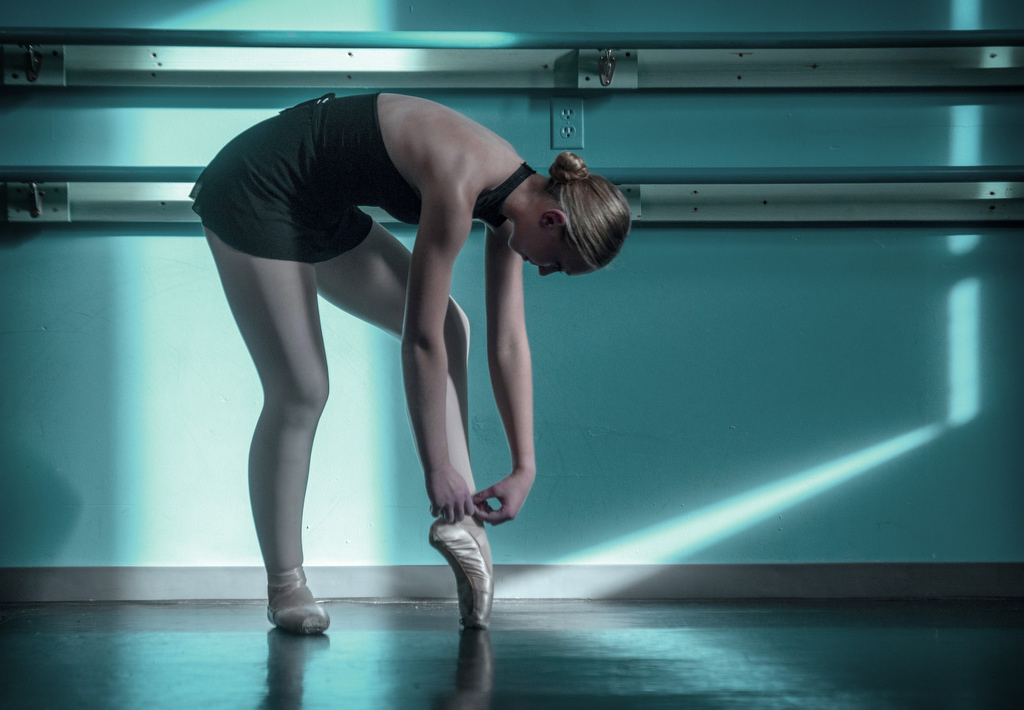

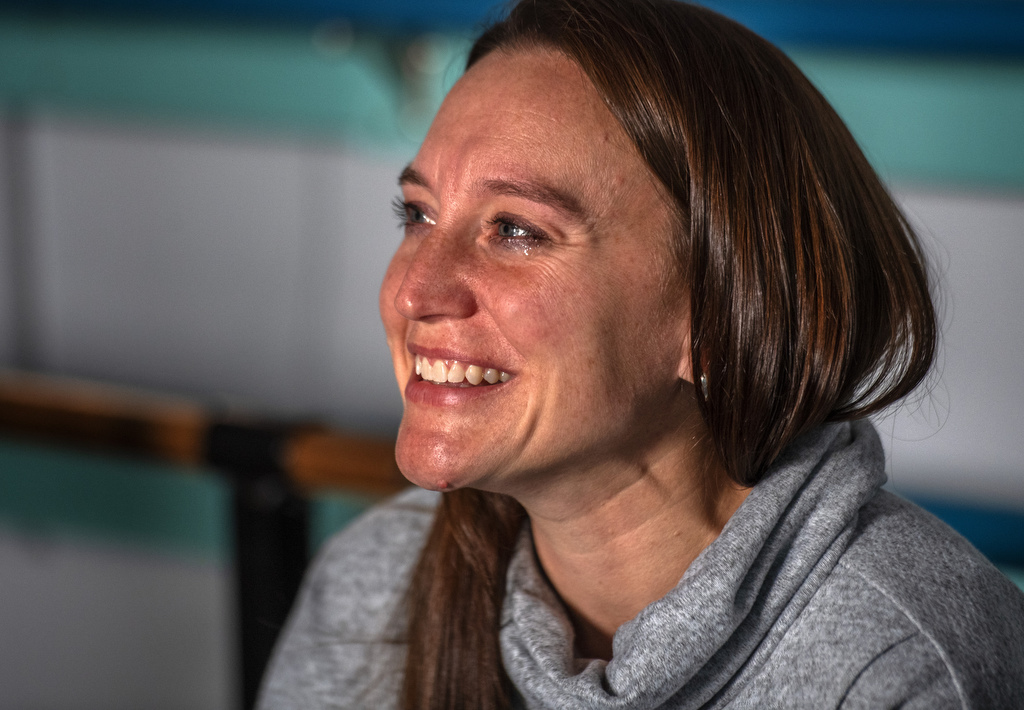


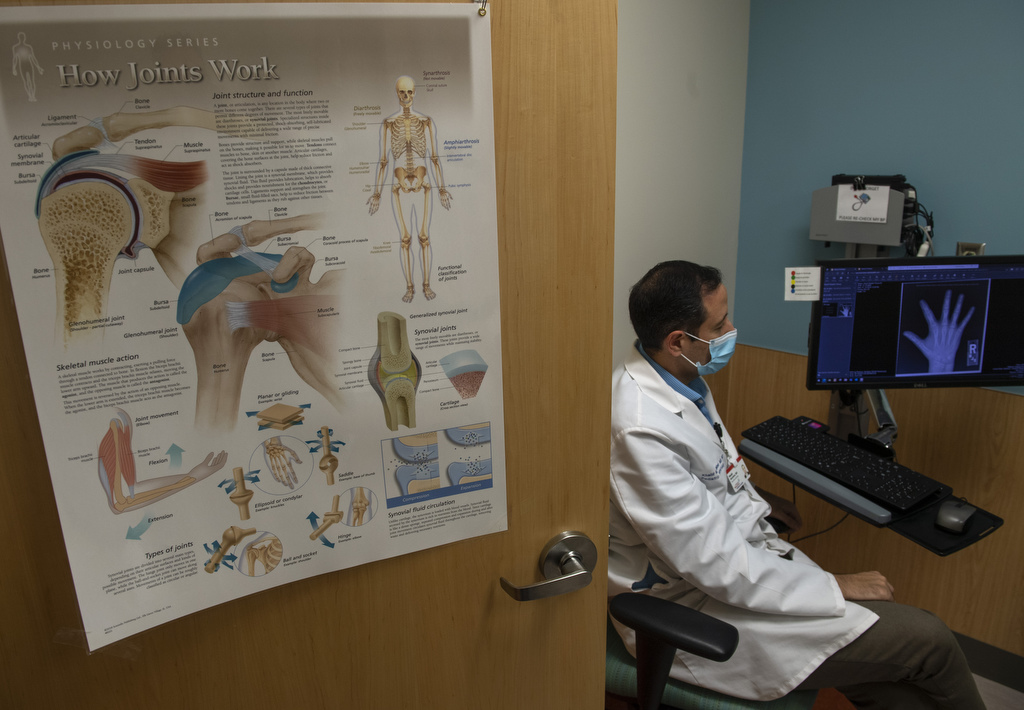
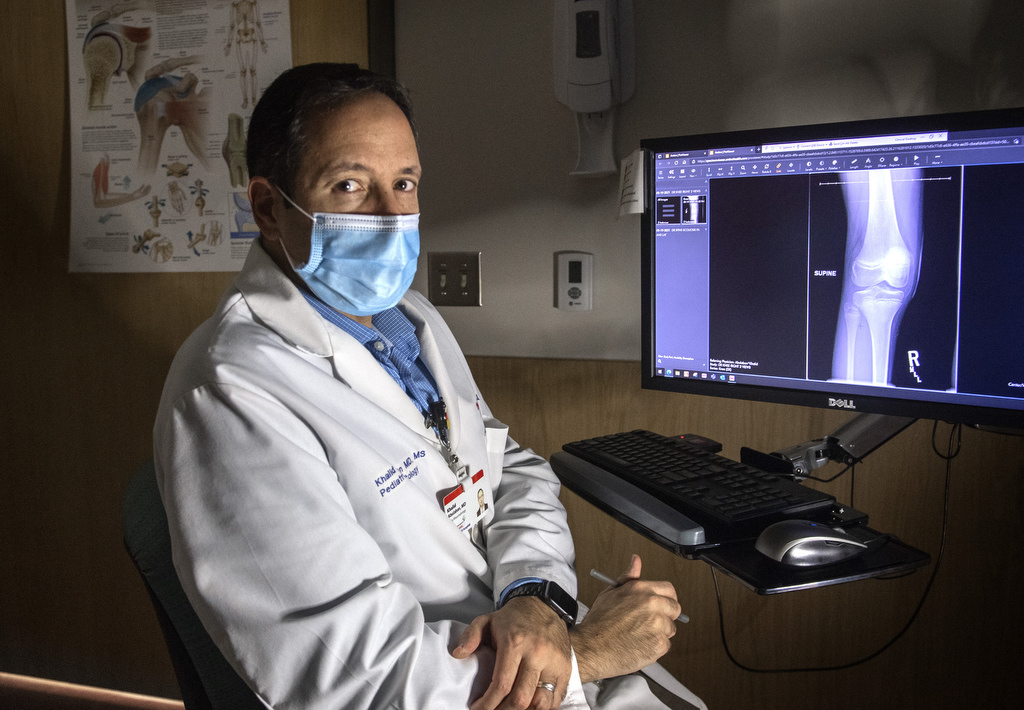
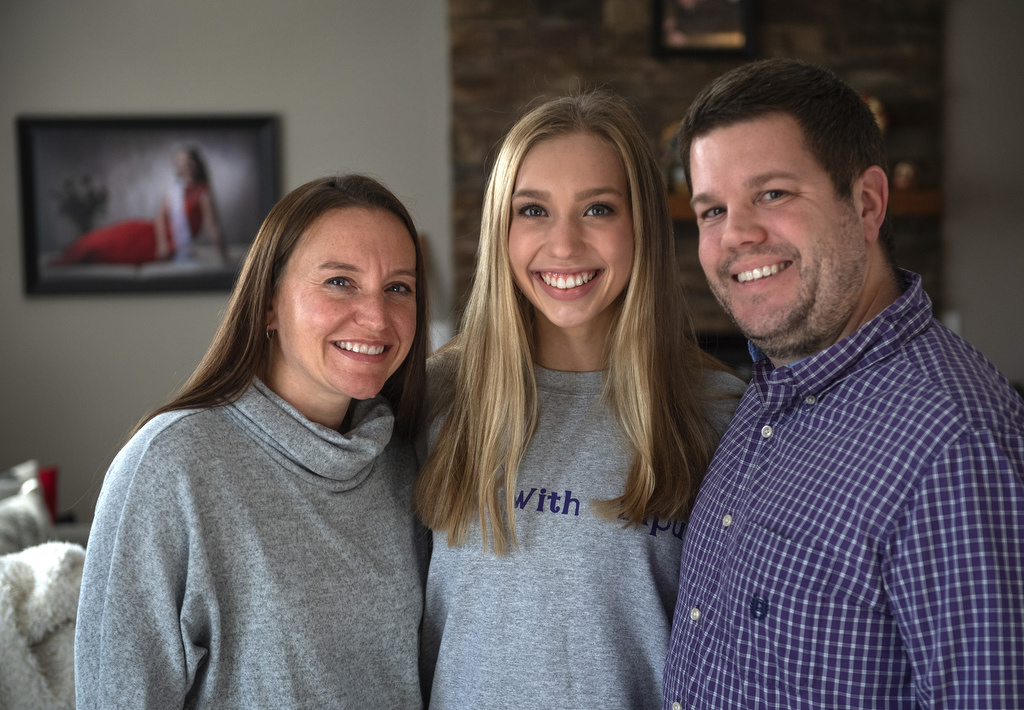
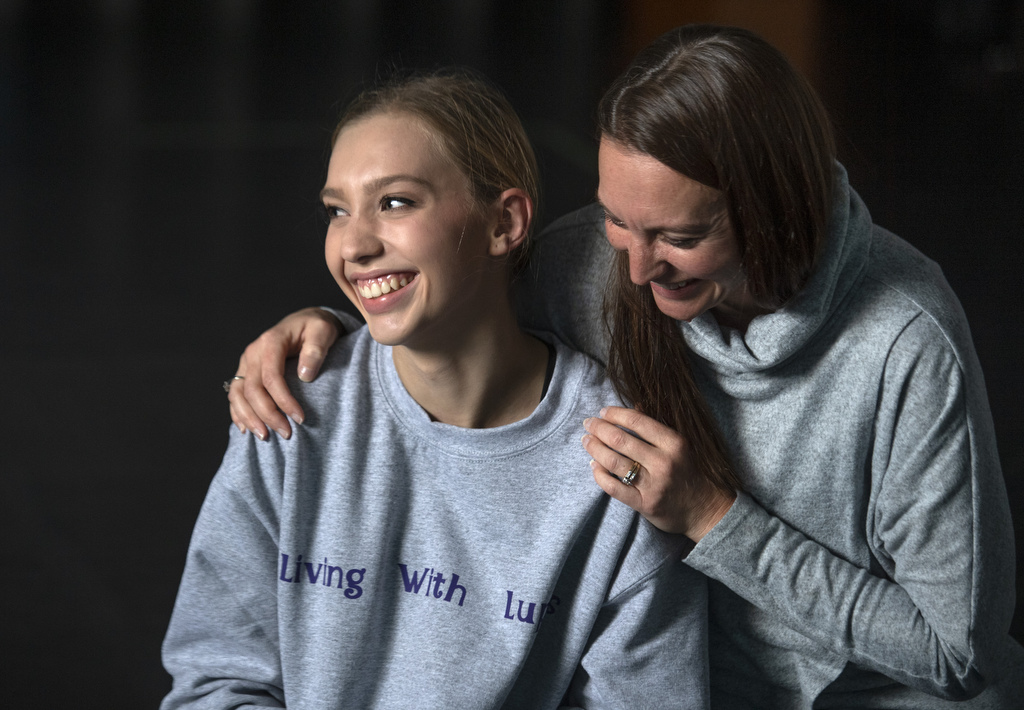
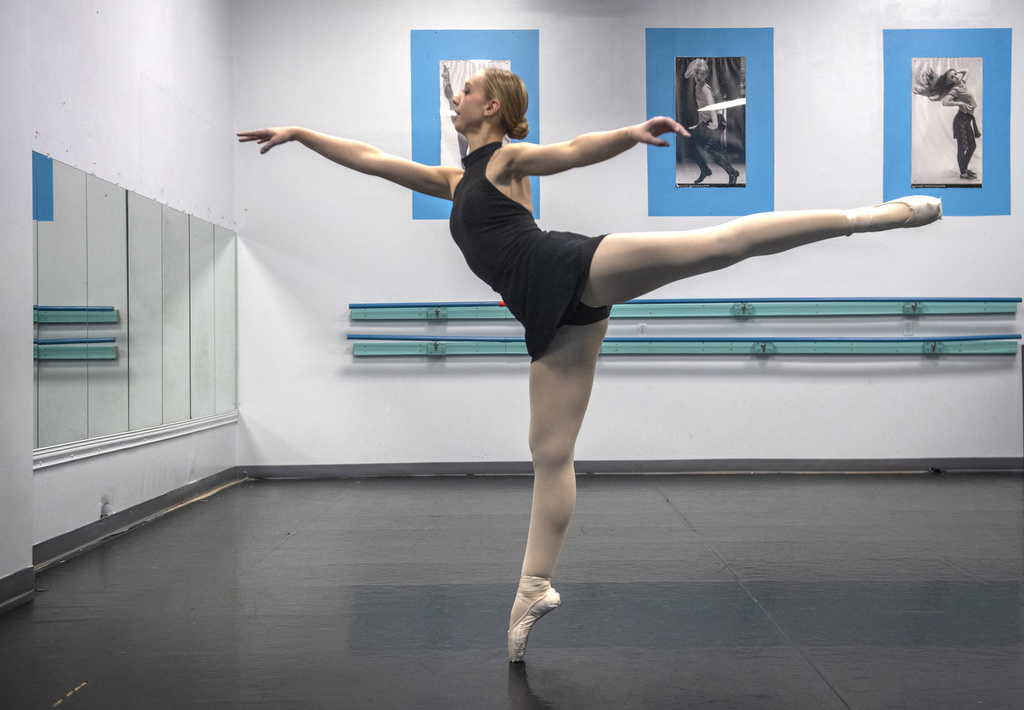
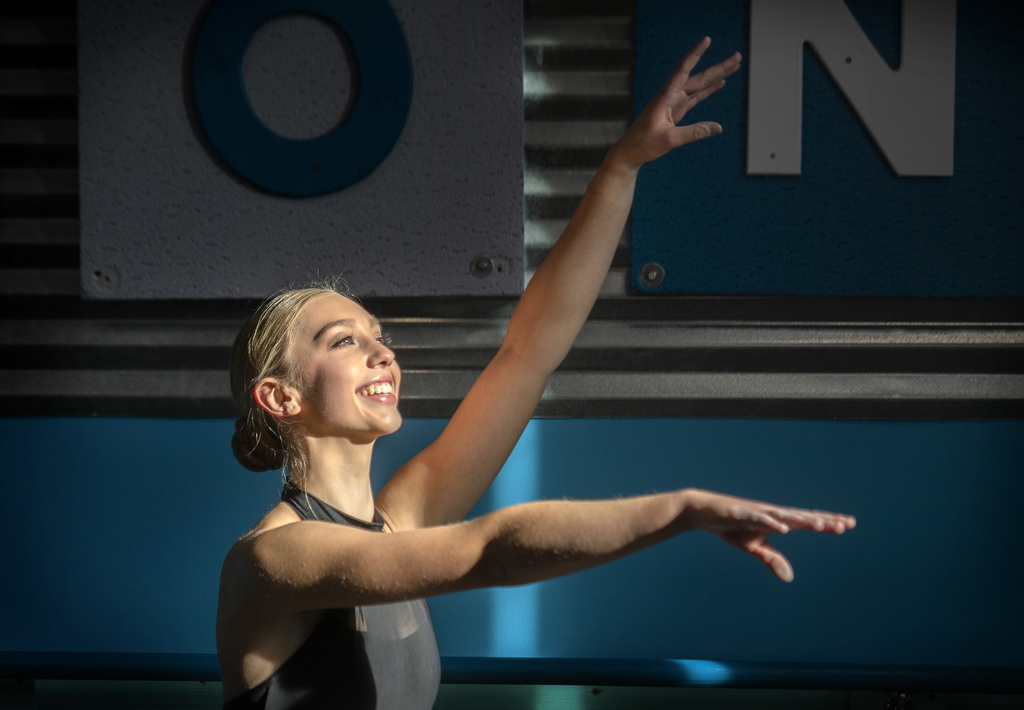
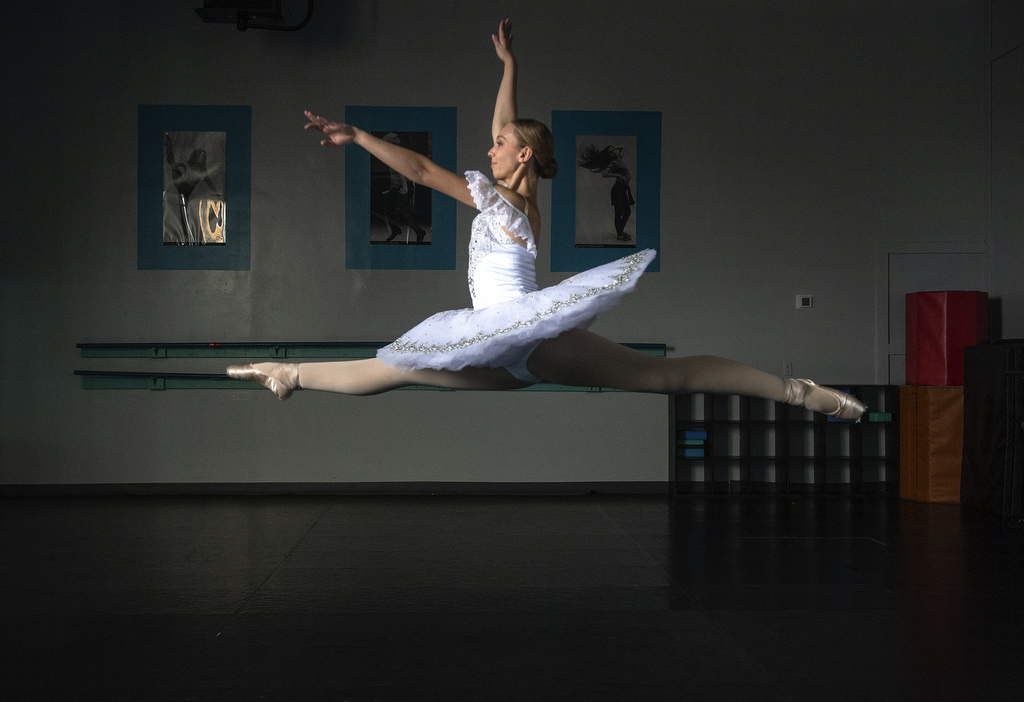

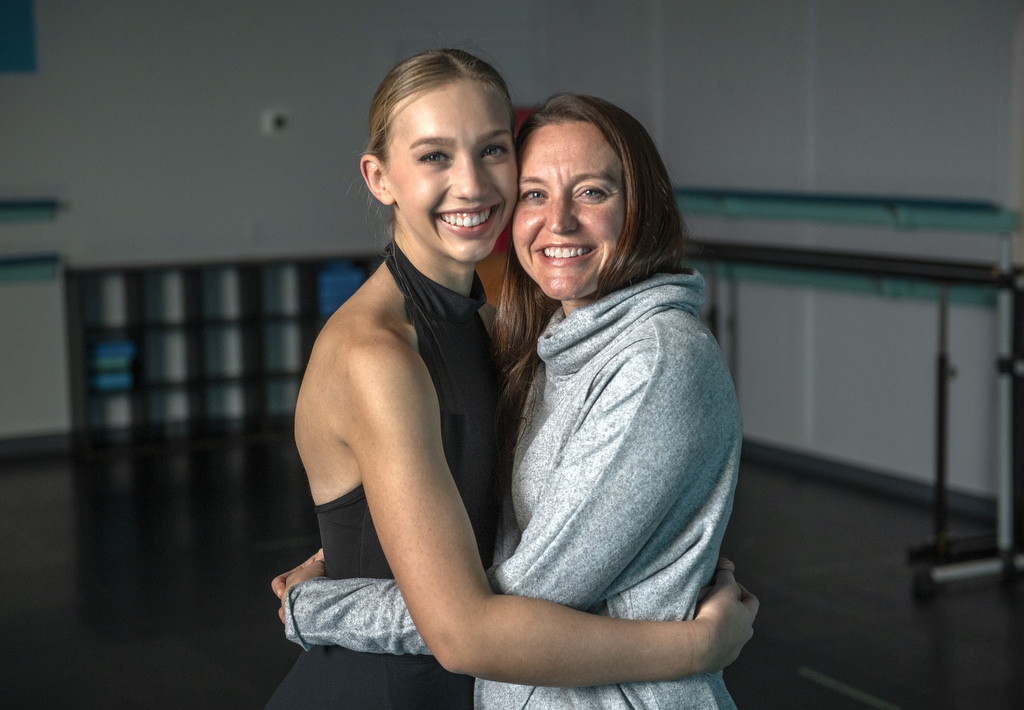





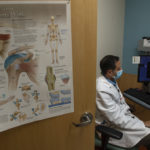








 /a>
/a>
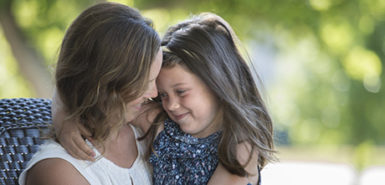 /a>
/a>
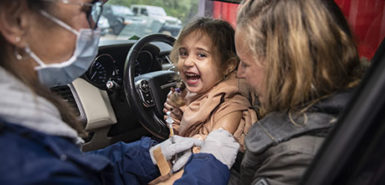 /a>
/a>